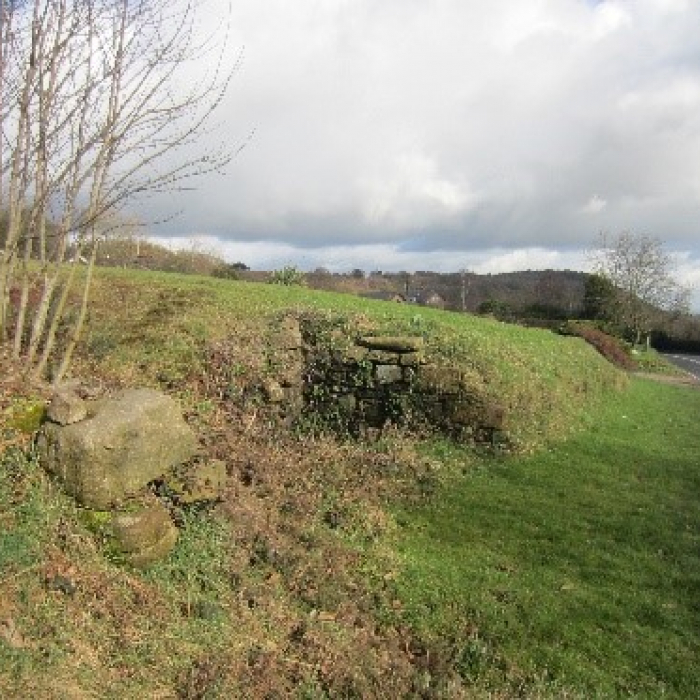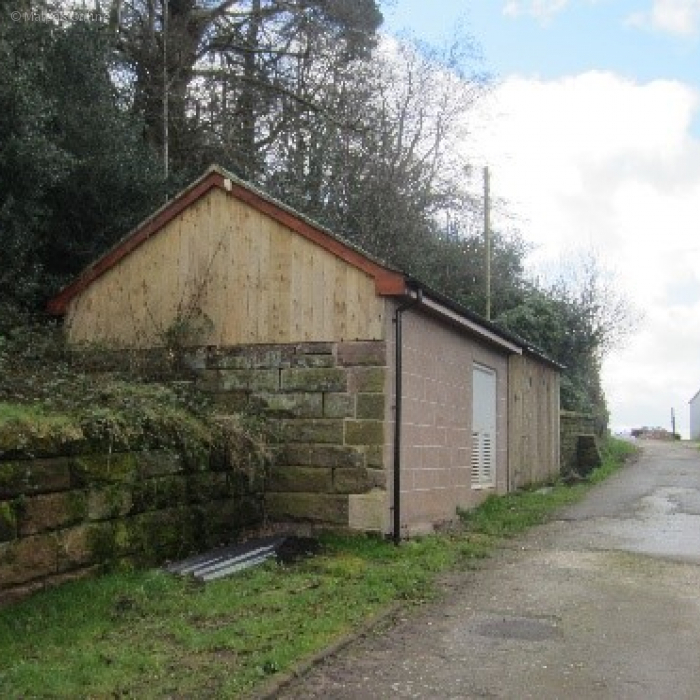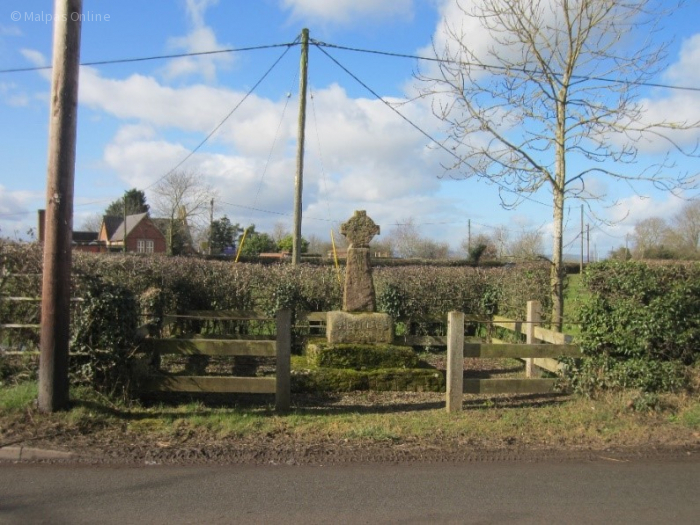Cheshire's Vanishing Pinfolds
At its meeting in December 1957 Malpas Parish Councillors heard their clerk read a letter from the Surveyor of Tarvin Rural District Council 'suggesting that the front wall of the Well Street Pinfold should be removed and the area of the Pinfold thrown into the roadside verge'.
The parish council resolved to approve the suggestion and so another pinfold disappeared.
Until the first half of the twentieth century the structures known as pinfolds, penfolds or pounds were familiar sights across the country. The terms are derived from the Old English pund (pound) and fuld (fold).
The name pound survives today for the enclosure to which an errantly parked motor vehicle might be transported, to be returned to its owner on payment of the appropriate fee.
This was very similar to the system which applied to the former pinfolds.
Livestock found roaming the highways and byways, or the open fields, would be rounded up by local officials and consigned to the pinfold, after which the owner had to pay a fine to retrieve the animals.
The system of control was necessary because straying animals were likely to eat or trample standing crops, and were a possible hazard for travellers.
Another reason for impounding livestock was related to distress, meaning the seizure and holding of property as security for payment of, or in satisfaction of a debt.
Attempting to rescue animals once they had been impounded was a criminal offence known as poundbreach.
Pinfolds are now rare survivors in Cheshire and probably everywhere else in the country.
Shocklach
In Shocklach next to the Bull Inn there is a dwelling named Pinfold Cottage.
The pinfold, now housing the Shocklach Millennium Cross, stands opposite the cottage and is rather unusual among surviving pinfolds in that it is surrounded by a hedge with post-and-rail fence, rather than being a walled enclosure.
All of the other surviving Cheshire pinfolds are 'built' structures of stone or rubble.
Our nearest surviving complete pinfold is that beside the A.51 at Wardle, restored by the Parish Council there in 1981.
Information about the construction and maintenance of pinfolds or pounds is most likely to be found in the pre-1894 records of township officials, particularly the account books of parish or township constables and surveyors of the highways.
The use of pinfolds seems to date back well into medieval times – fines and disputes relating to them are recorded in manorial court records – and they later became the responsibility of the parish vestry or township meeting.
Duckington
built a stone pinfold in 1825 and the expenses for this structure survive in the annual constables' accounts, providing a fairly comprehensive view of the processes involved and giving a breakdown of the overall cost of £3.19s.2¾d (£3.96p.)
That pinfold had decayed considerably by 1919, when it was recorded in the minutes of Malpas Rural District Council that 'Mr Randall asked whether he could have the stones forming the Pinfold at Duckington which was all down. No objection was raised provided the fence was made good as promised'.
Expenses for repairs to pinfolds also appear frequently in township records.
For example, in 1722 the Farndon constables paid 6d (2½p) 'ffor a New Staple for ye Pinfold'.
In 2010 David Hayns, carried out a survey of surviving pinfolds and pinfold sites right across Cheshire and Wirral.
His research suggested that there used to be between 500 and 600, of which only nine still survive, plus identifiable remains of a further four.
In the area covered by My Village News there are no pinfolds surviving in their original state but remains can be found at Bickerton, Harthill and Shocklach.
Most of the examples, extant or extinct, for which evidence was discovered were located on road sides, harking back to their original locations on the edges of the former unfenced open fields where straying animals could have caused considerable damage to growing crops.
Such was the case for the one at Malpas, which started this article.
It stood in Greenway Lane (not actually in Well Street), opposite Broselake Farmhouse, to the south of the former Malpas town fields.
Article updated and published by Chris Whitehurst
14th December 2023
Acknowledgements:
Original article written by David Hayns
Article published by My Village News in February 2020
Quick Links
Village Map
Get In Touch
MalpasOnline is powered by our active community.
Please send us your news and views using the button below:





